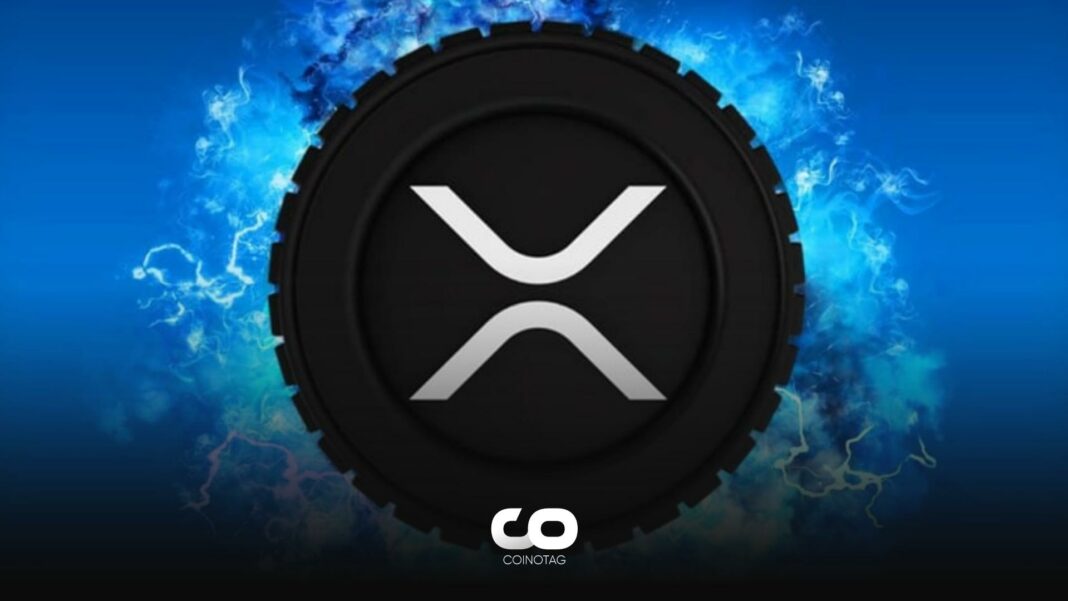- The difficulty adjustment protocol created by Satoshi Nakamoto affects the mining process and costs by aiming to provide an average time of 10 minutes between new blocks.
- Bitcoin miners are dealing with a long “dry” mining period where the cost required to mine a single cryptocurrency unit exceeds the average spot price.
- A decrease in hash rate can pose security vulnerabilities, as well as slow down transaction verification and confirmation.
The difficulty adjustment mechanism that affects the profitability of Bitcoin miners also creates difficulties and increases costs for miners.
Bitcoin Miners Facing Difficult Times
Bitcoin miners are facing increasing difficulties due to the ongoing impact of difficulty adjustments on Bitcoin (BTC) mining and the energy crisis affecting businesses. The difficulty adjustment protocol created by Satoshi Nakamoto aims to provide an average time of 10 minutes between new blocks, affecting the mining process and costs.
The difficulty adjustment mechanism, which is a fundamental aspect of the Bitcoin protocol, has a direct impact on mining profitability. As mining difficulty increases, the costs associated with the activity also increase. This has led to a continuous trend where Bitcoin miners mostly operate at a loss due to increasing mining expenses.
Bitcoin miners are dealing with a long “dry” mining period where the cost required to mine a single cryptocurrency unit exceeds the average spot price. Since August 2022, the average mining cost of one BTC has consistently exceeded its market value.
According to data from Cambridge University and MacroMicro, on August 8th, the average cost of producing one BTC was $34,835, while the spot price on August 9th was recorded as $29,902. This indicates a loss of $4,933 per BTC produced.
The impact of ongoing mining losses is particularly felt by small and medium-sized crypto miners. These entities struggle to sustain profitability, leading to a decrease in market share and hash rate compared to larger miners.
The complex interaction among these adverse conditions exacerbates what is commonly referred to as the “economies of scale” effect within the mining sector, tilting the balance in favor of larger players.
At the same time, the decreasing hash rate of small-scale miners affects the overall crypto landscape. Hash rate is important for secure and efficient blockchain transactions. A decrease in hash rate can pose security vulnerabilities, risking security. It also slows down transaction verification and confirmation, negatively impacting user experience and the attractiveness of cryptocurrencies for daily use.
Marathon Digital’s Resilience
Meanwhile, Marathon Digital, a leading Bitcoin mining company, continues to make progress in the face of these challenges. In its second-quarter earnings report, the US-based firm showed signs of stability. Marathon Digital increased its hash rate by 54% in the quarter, from 11.5 EH/s to 17.7 EH/s.
Marathon Digital recently reached its mid-year hash rate target of 23 ETH/s and demonstrated a commitment to maintaining a leading position in the mining field. Marathon CEO Fred Thiel emphasized the company’s intention to continue its growth journey beyond this target while acknowledging the industry’s challenges.
As miners navigate through increasing difficulty levels and the complexity of energy-related obstacles, their resilience and adaptability will determine their long-term success in the ever-evolving landscape of crypto mining.







